Welcome to this exhibition about the wondrous world of M.C. Escher. This exhibition is set up to commemorate M.C. Escher’s 125th birth year in 2023. At the start of this tour you are introduced to the three works that Escher made, inspired by Malta.

As you follow along with this tour (via the stairs in the Valletta Design Cluster), you are being introduced to a carefully curated selection of highlights from his oeuvre that will help answer the following question that is central to this exhibition:
How did a small Mediterranean island like Malta end up on M.C. Escher’s most impressive masterpiece?
By exploring the various influences on M.C. Escher’s work we hope to unravel the mysterious impact that Malta had on his work. To further unpack this mystery, the works of M.C. Escher are being paired with graphic works of contemporary Maltese artists Nigel Anastasi and Luke Caruaga from Valletta based studio 2poin3.
The works are made completely independently and 100 years apart from each other, but their striking parallels allude to the existence of a magical influence that Malta and the Mediterranean have on graphic artists throughout the ages.
The Maltese works
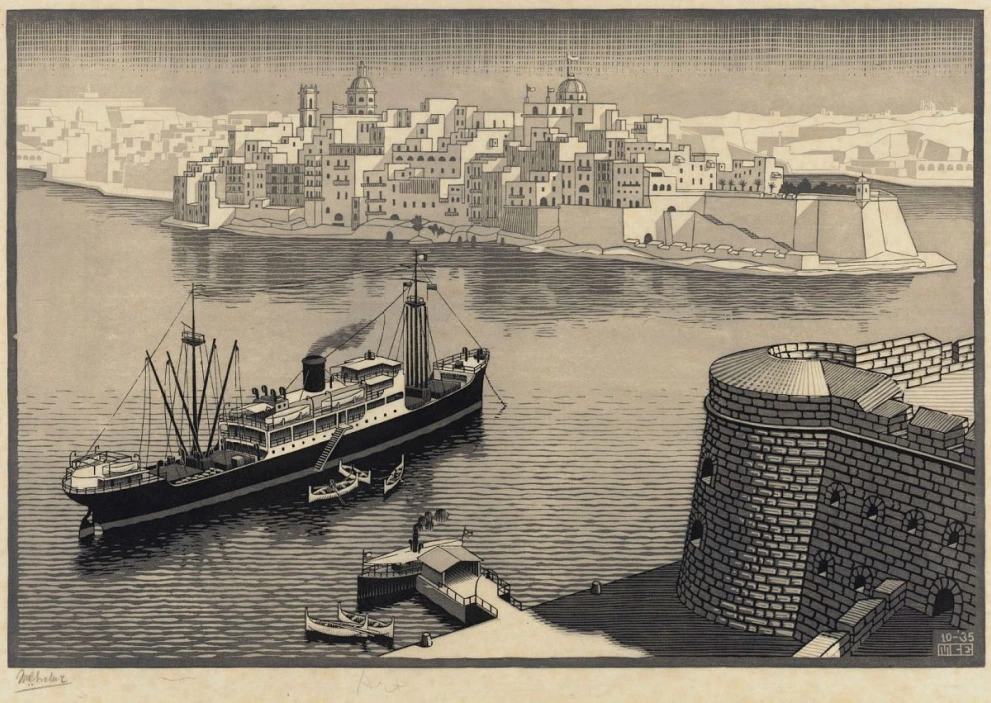
Senglea
Senglea is the first print that M.C. Escher made of Malta. He made this print in 1935, whilst visiting the island on a longer tour around the Mediterranean. In the background we see the Maltese port town of Senglea, whilst on the foreground we see the fortifications of Valletta and the classic dgħajsa water taxis.
The focal point of this print is the cargo ship the S.S. Verdi in the center, and this is not without a reason. In 1935, M.C. Escher was traveling around the Mediterranean on this very cargo ship. The S.S. Verdi was an Italian cargo ship that was also able to transport a small group of tourists. This is why the ship mostly traveled during the night, so that the tourists could visit the port towns during the day. M.C. Escher had convinced the owner of this boat to take him on board in exchange for a series of prints. Escher would make a series of prints of the various port towns they would visit, so that the company could then later use these prints in their brochures as propaganda.
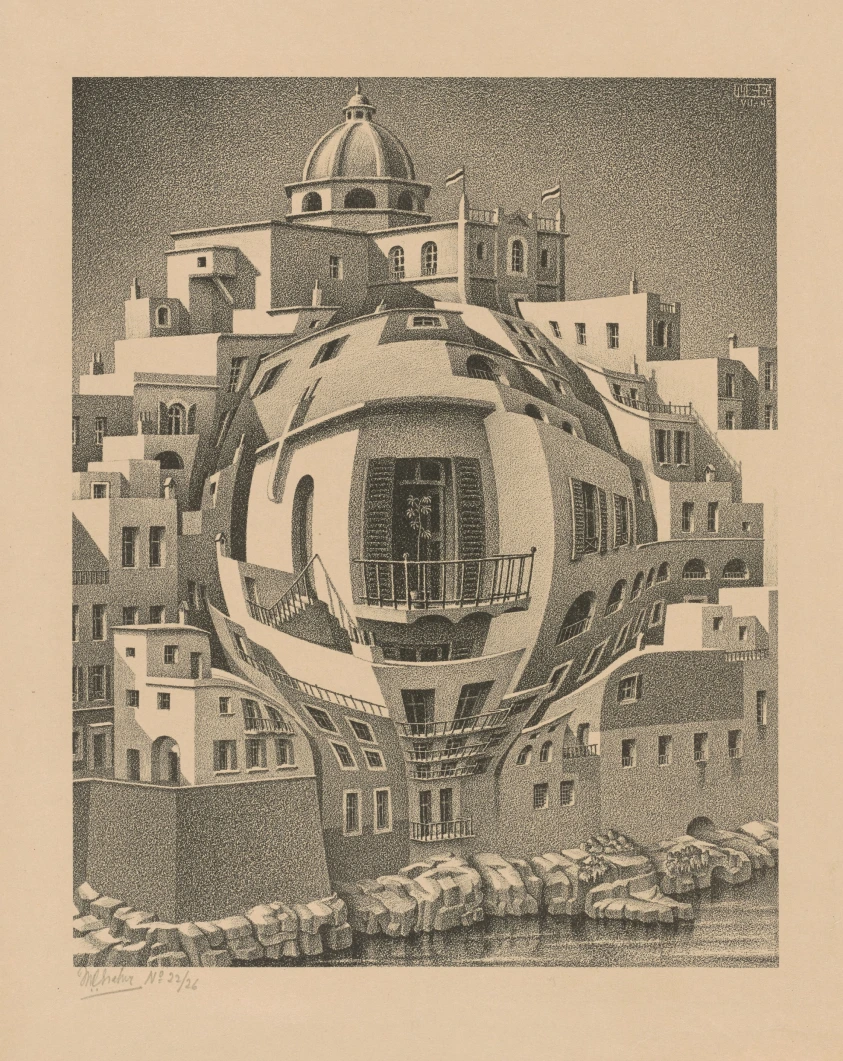
Balcony
The houses and balconies of the Maltese town of Senglea form the basis of this print. The centre has the illusion of bulging outwards, as if a magnifying glass is lying on top of it. M.C.
Although the bulge appears realistic, the paper remains wholly flat. With these kinds of illusions, Escher wanted to make the viewer aware that spatial representation on paper is fiction, a proposed reality.
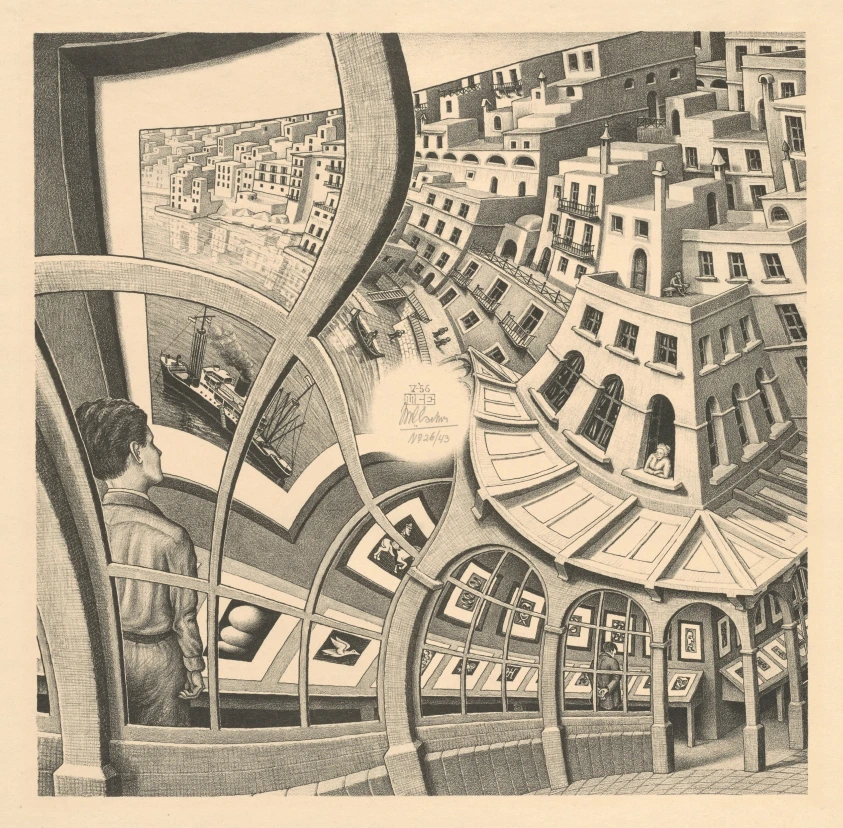
Print gallery
In Print Gallery, a number of works from Escher’s oeuvre are exhibited in a gallery. On the left, an attentive visitor is looking at the Senglea, Malta print.
Escher uses a swirling motion to make the buildings flow over, so that the roofs of the city also cover the gallery. In this way, the print gallery and the print of the Maltese town are incorporated in one single world.
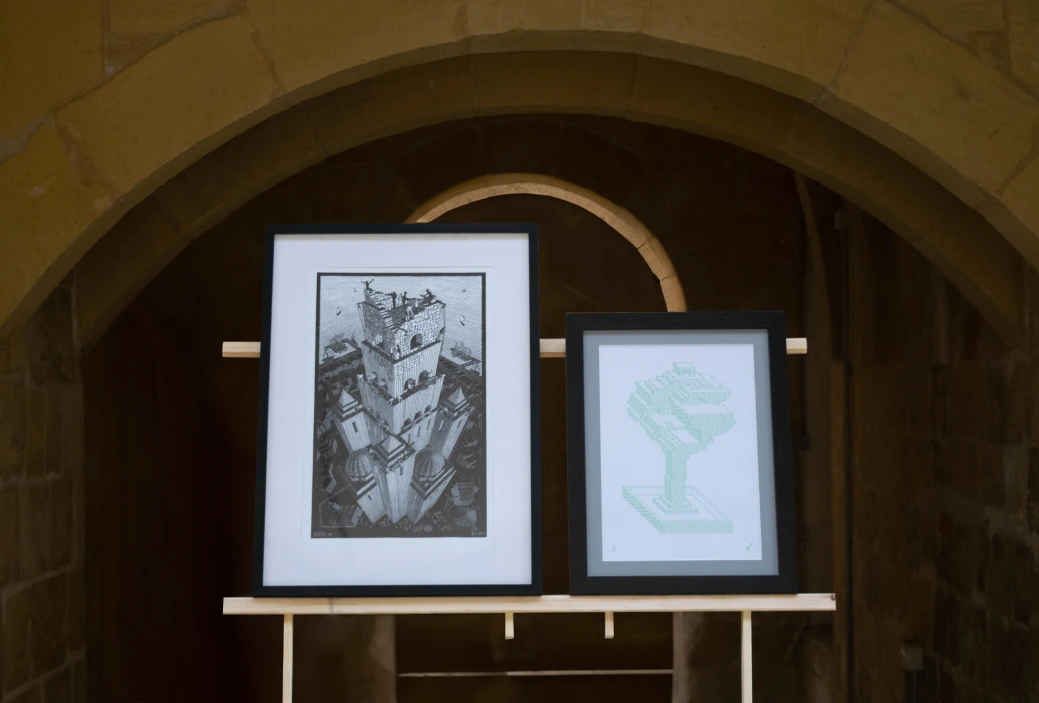
Right: Brick Tree, 2point3, neon litho print (2021)
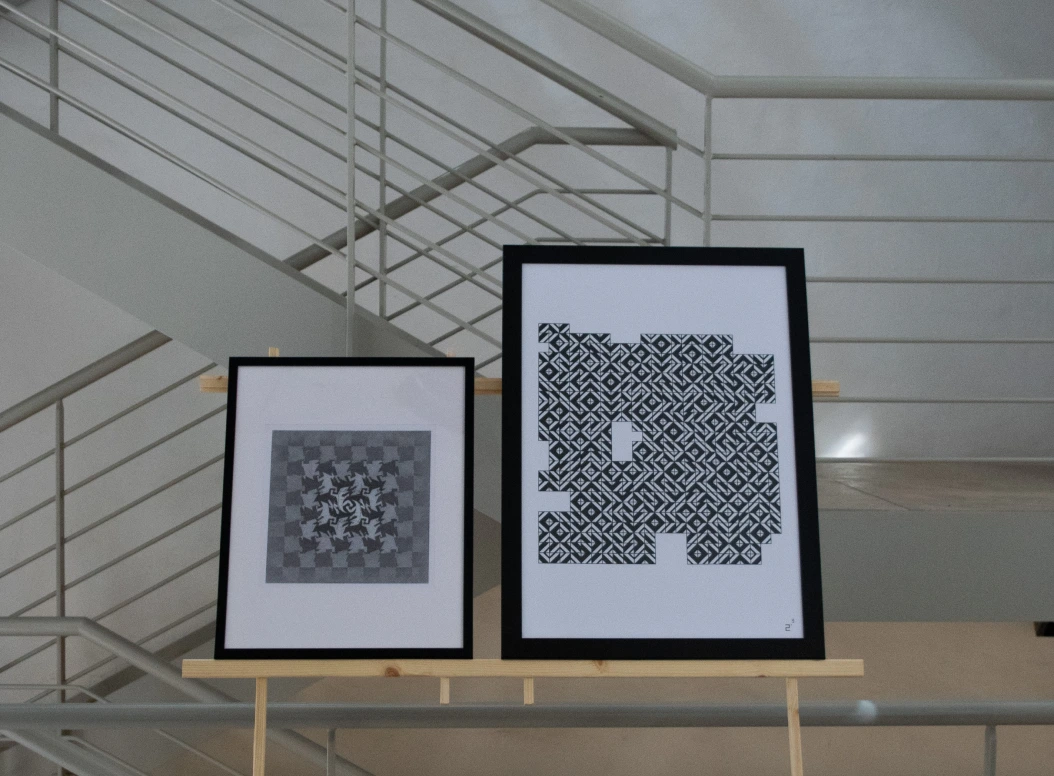
Right: Tiles, 2point3, digital print (2009)

Right: Drawing hands, M.C. Escher, lithograph (1948)

Bottom: Global Injustice, 2point3, digital print (2020)
M.C. Escher’s life
M.C. Escher was born as Maurits Cornelis Escher in the North of the Netherlands in 1898. His father was a wealthy, well-esteemed engineer, who was serving as the director of the Royal Dutch Waterworks at the moment birth. As you can imagine, having a rich and respected father figure meant that Escher grew up quite comfortably.
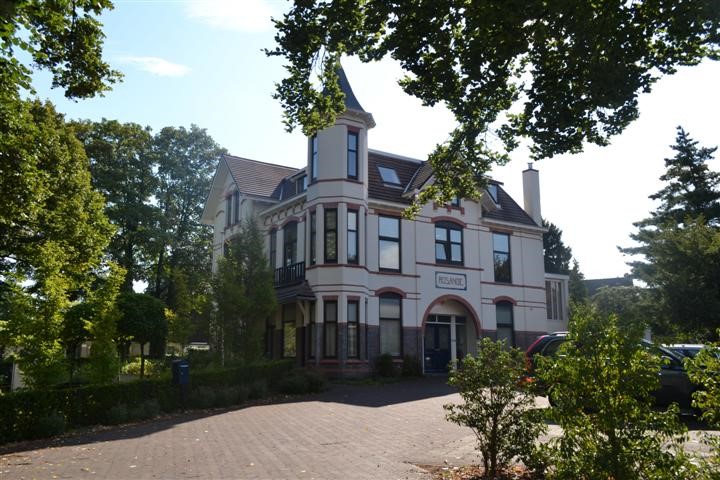
After five years of living in Leeuwarden, they moved a village close to Arnhem, in the center of the Netherlands. This is where Escher spend the majority of his childhood.
Contrary to what you’d assume, M.C. Escher was not a bright academic star at school. It’s easy to look at M.C. Escher’s intricate, mathematical works and think: this is made by a mathematical prodigy. But the opposite seems to have been true: he failed the second year in highschool and never managed to obtain his diploma. This was a thorn in the eye of his father. He wanted him to follow his footsteps. M.C. Escher should become an engineer, just like his him!

Without a highschool degree, but blessed with his father’s powerful connections, M.C. Escher ends up enrolling into Delft University in 1919 (Delft University was officially not a university at that time, but it’s the same institute). He starts studying architecture. This was a compromise between Escher and his father, as it’s still somewhat related to engineering, but it also has plenty of room for Escher’s creative outlet.
Unfortunately he doesn’t manage to finish even the first year at university. This is due to several factors, among others: the Spanish flue pandemic (relatable?), a nine-week long skin infection, home-sickness.

In 1919, M.C. Escher gives his education another shot and he enrolls at the ‘School of Architecture, Decorative Arts and Crafts’ in Haarlem. As this name suggests, this is an art school and not an engineering school. But to keep appearances high, he starts a degree in architecture here. This is far off from the engineering degree that his father had envisioned for the young Escher, but he relinquishes in the fact that his son will at least have a foot in the door after this degree.

After a couple of weeks in Haarlem, M.C. Escher is introduced to Samuel Jessurun de Mesquita. Mesquita is his graphic design teacher and he immediately spots Escher’s raw talent. He convinces him to switch from studying architecture to focus on graphic design full time.
It takes a bit of magic and persistence, but in the end Escher and Mesquita manage to convince Escher’s father. Studying graphic design is far off from the engineering degree that he had envivsioned for his son, but by this moment he would just be happy that his son graduates with any degree. And thus he agrees.
From that moment onward, Mesquita takes M.C. Escher under his wing and teaches him everything he can about graphic design, primarily woodcutting.

After his graduation, and for the remainder of his life, M.C. Escher would always refer to Mesquita as his mentor. But even during this time of artictic blosomming of the young Escher, things were not looking great. Just like during his time in Delft, Escher suffered from home-sickness and depression. He didn’t feel at place, couldn’t connect to his peers, and most importantly: the Netherlands didn’t inspire him.
In they eyes of the young artist, the Netherlands was cold, wet, grey, and terribly uninspiring.
In order to help their young son with his depression, his parents decide to treat him to a eight-week long trip through Italy. This would turn out to be a pivotal moment in Escher’s life, because he immediately falls in love with Italy.
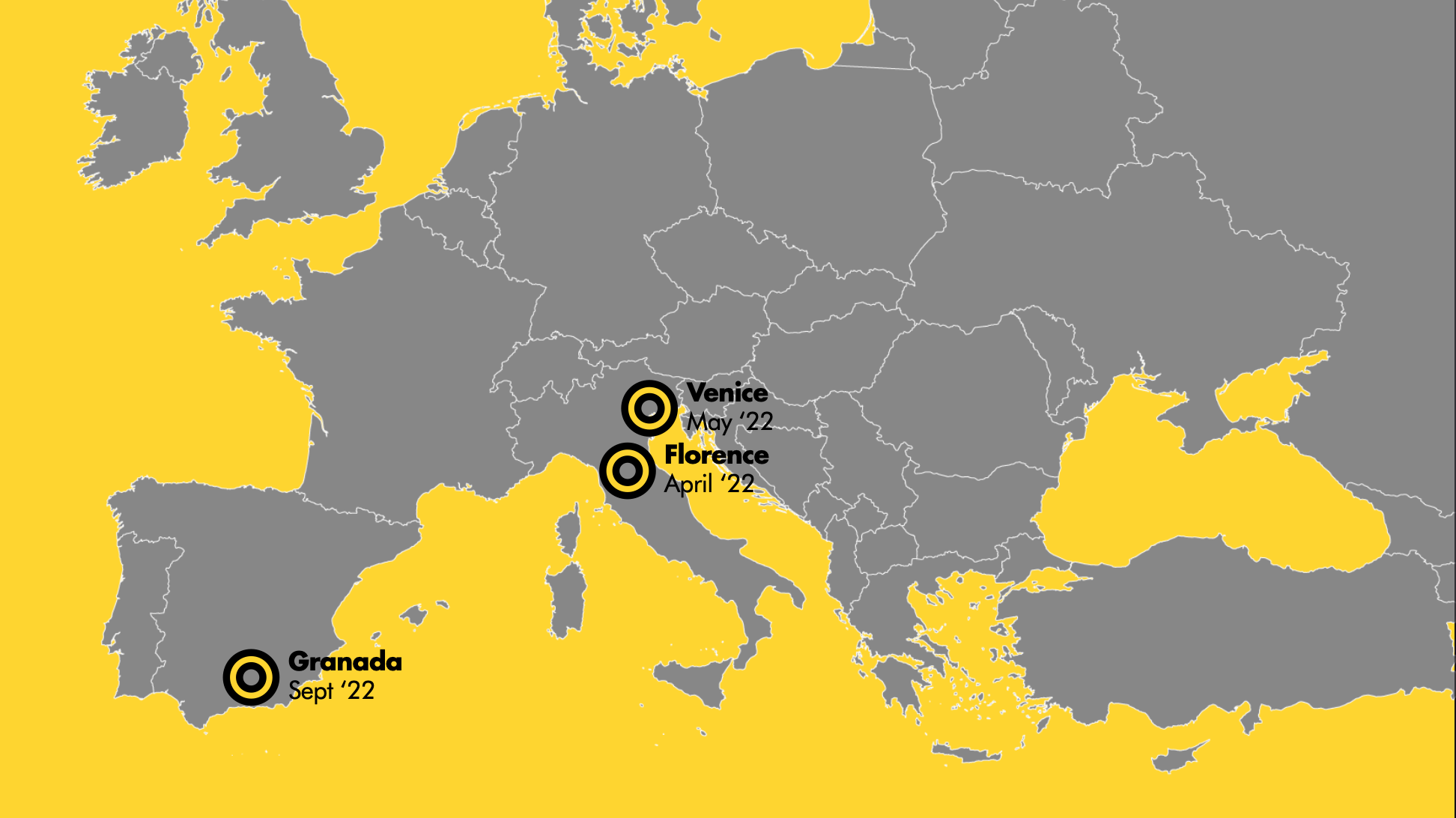
His introduction to the cultural riches of Italy take him aback. Especially in Florence holds a special place in his heart. It’s here where he encounters the great works of Botticelli, Raphael, and Michelangelo. In his diary he jots down the follow quote, which is exemplary for his growing love for Italy and the rejection of his mother country.
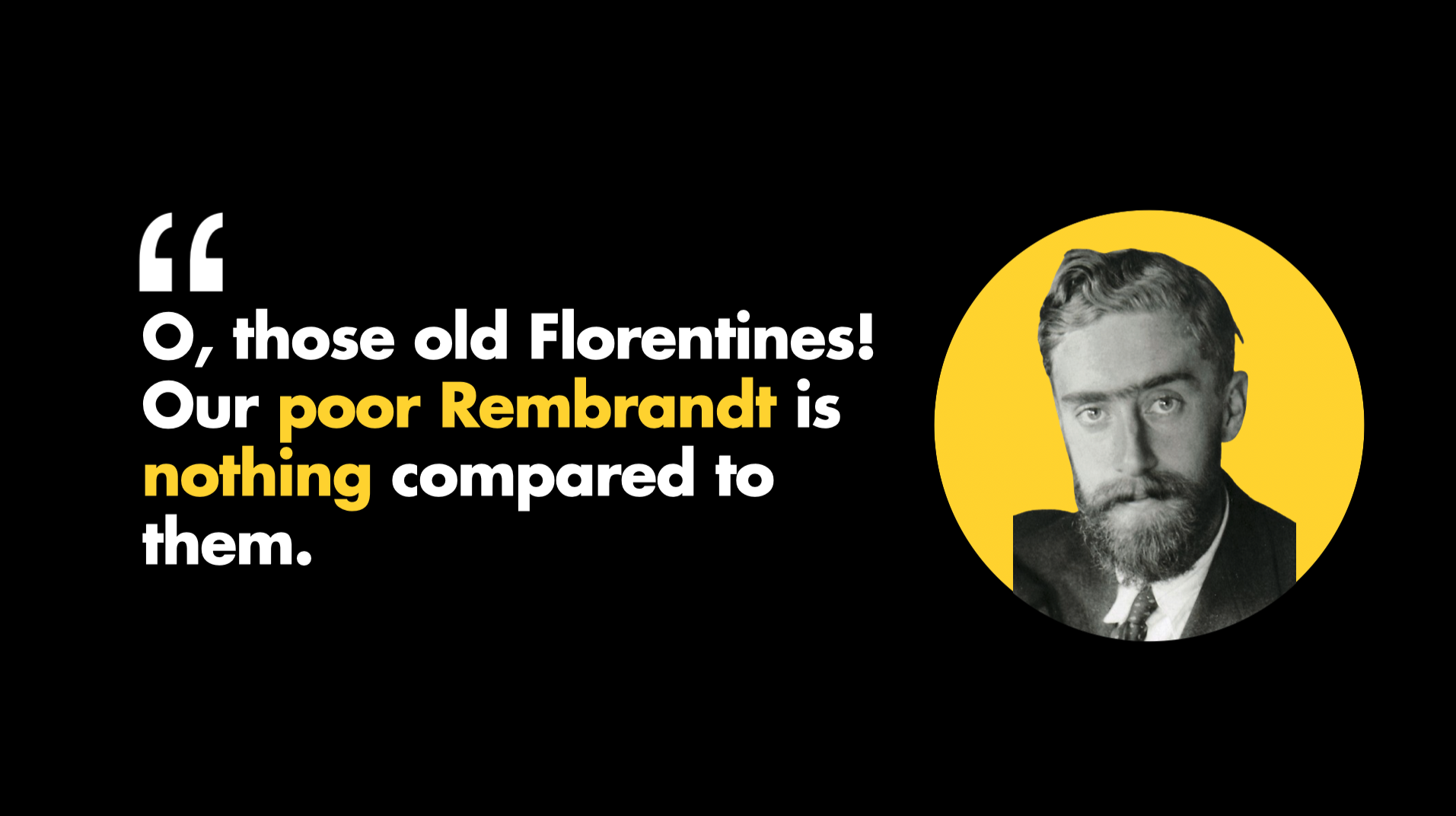
Eventually he would make two other trips to the Mediterranean that year (1922). The first trip would bring him back to Italy, whilst the other trip would introduce him to the cultural riches of the South of Spain. During this trip to Andalusia, Escher would be introduced to the Islamic geometrical art that would be so influential for his later works.

After he had explored the South of Spain, he does not return to the Netherlands, but he moves to Italy. For the next three years he wanders around Italy, taking in the beautiful landscapes, the art, the food, and the culture.
But it was not just these cultural riches that kept him tied down in Italy. The quote below shows that he enjoyed his time in Italy for various other reasons as well 🙂
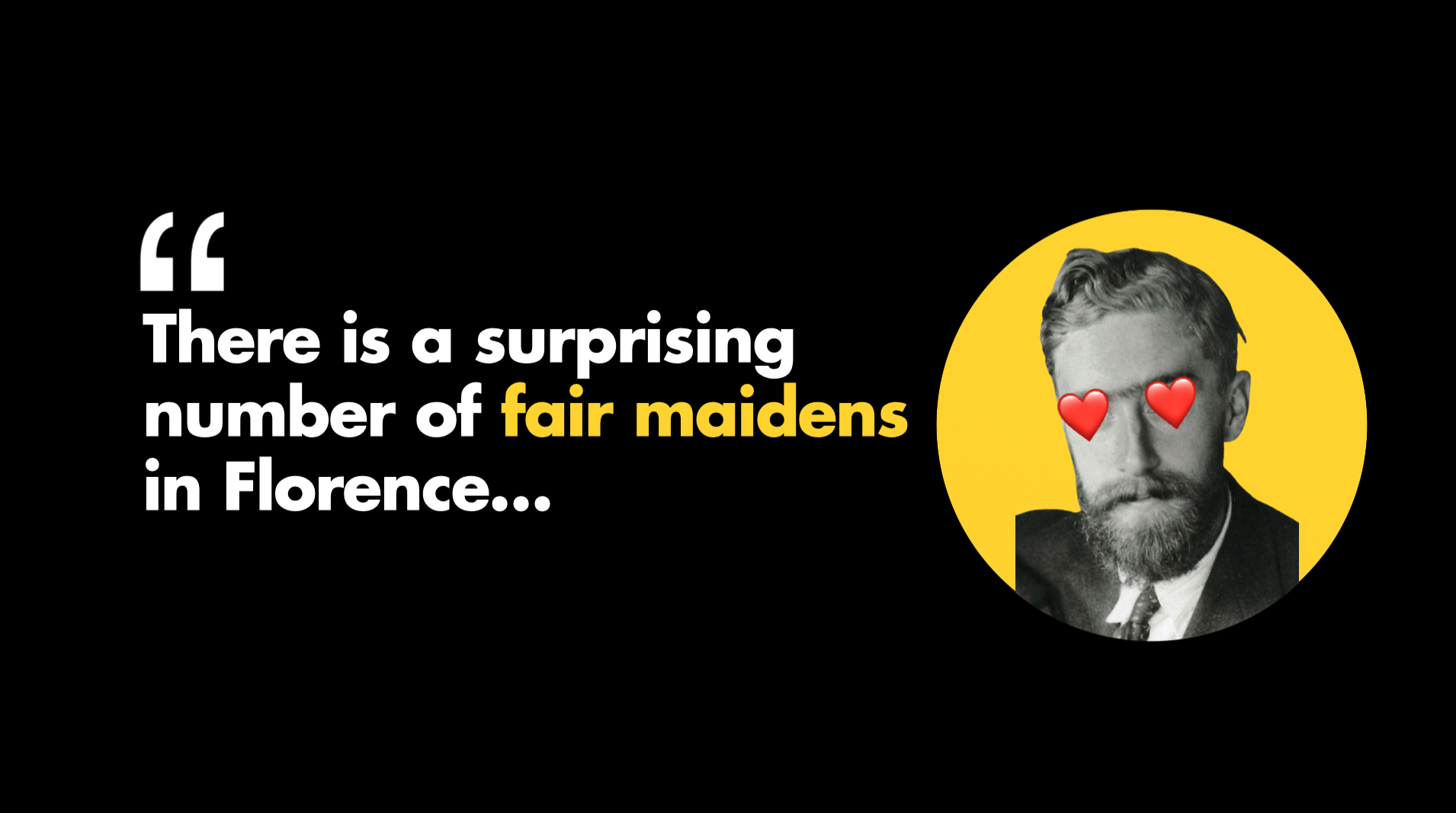
In fact, the reason why he eventually settles down in Rome in 1925 is his encounter with the Swiss-Russian Jetta Umiker. He met her on his travels through Italy and they had fallen in love with each other.
In 1925 they get married and move into an place of their own in Rome. This is where M.C. Escher will live for the next ten years of his life, until fascism and concerns about his family’s health force him to move back to the North of Europe.
What is important to know about his time in Italy is that he didn’t just sit around in Rome. He was actively studying the craft of woodcutting and graphic design. And during the times he wasn’t doing that, he was exploring the Italian countryside. He loved to go for week long hiking trips to replenish his inspiration reservoirs.
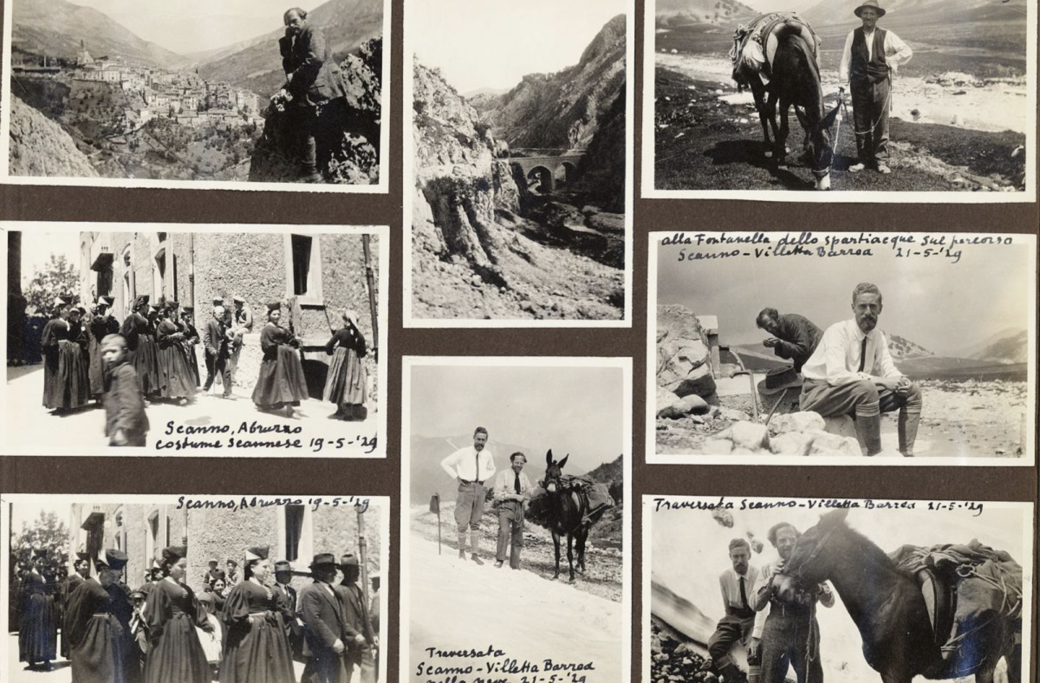
Armed with a photo camera and a sketch book, he would venture through the beautiful landscapes. Later, when he would return to his apartment in Rome, he would develop all of these sketches and photographs into prints. This was a long process, which also allowed him to slightly adjust the composition of the scenery so that it would perfectly fit his desire.



All photos without an explicit mention belong to escherinhetpaleis.nl
All M.C. Escher Works © The M.C. Escher Company – Baarn – Holland. All rights reserved. www.mcescher.com